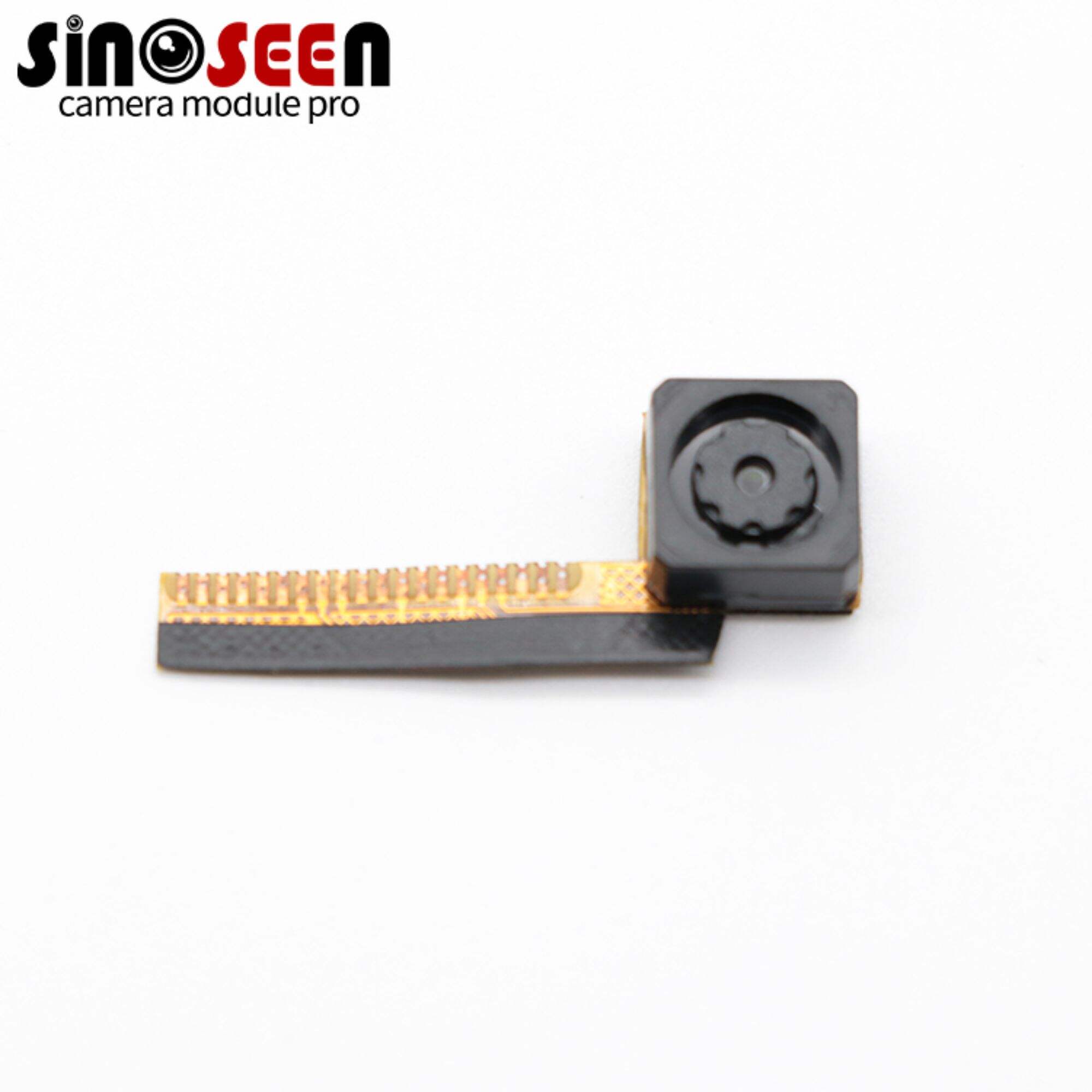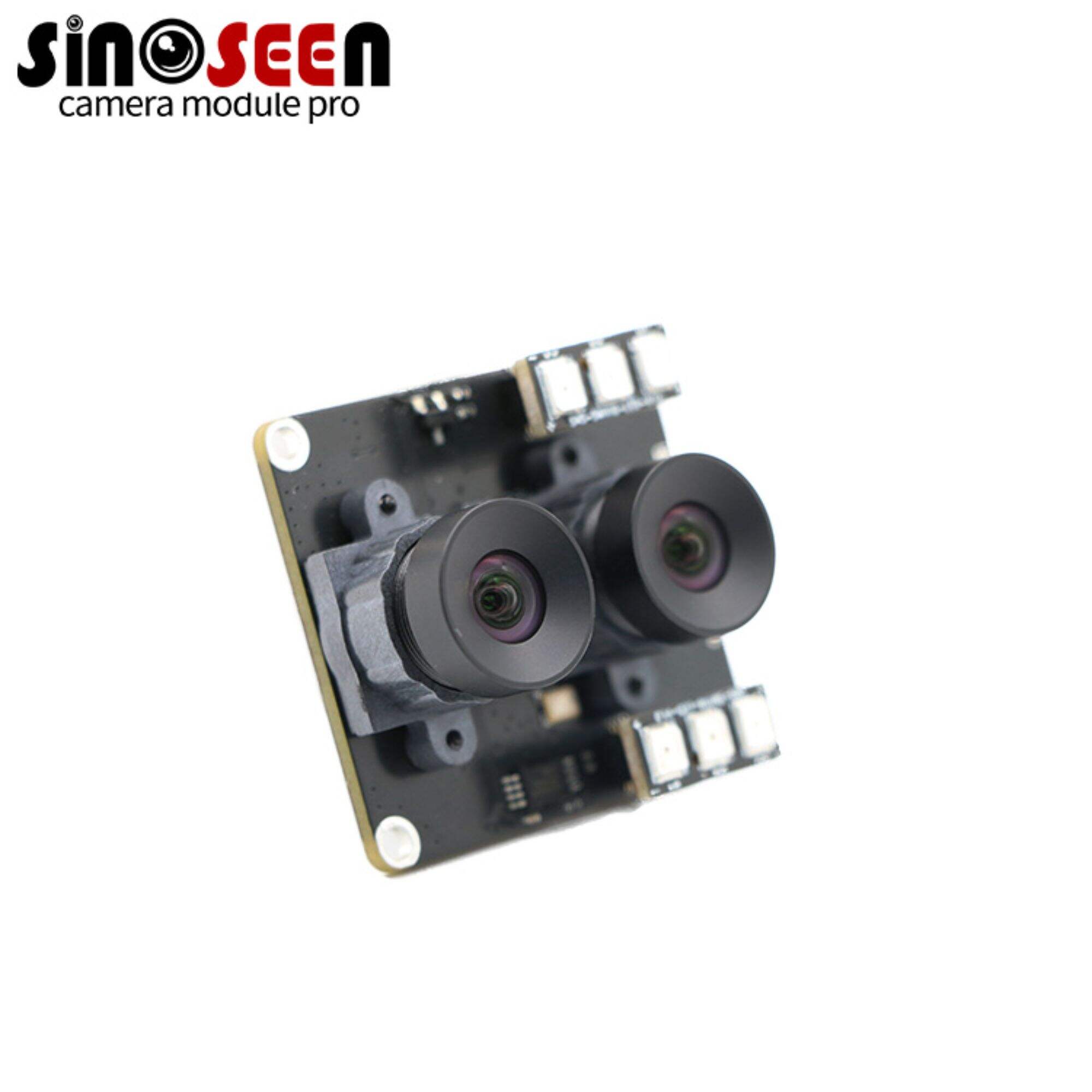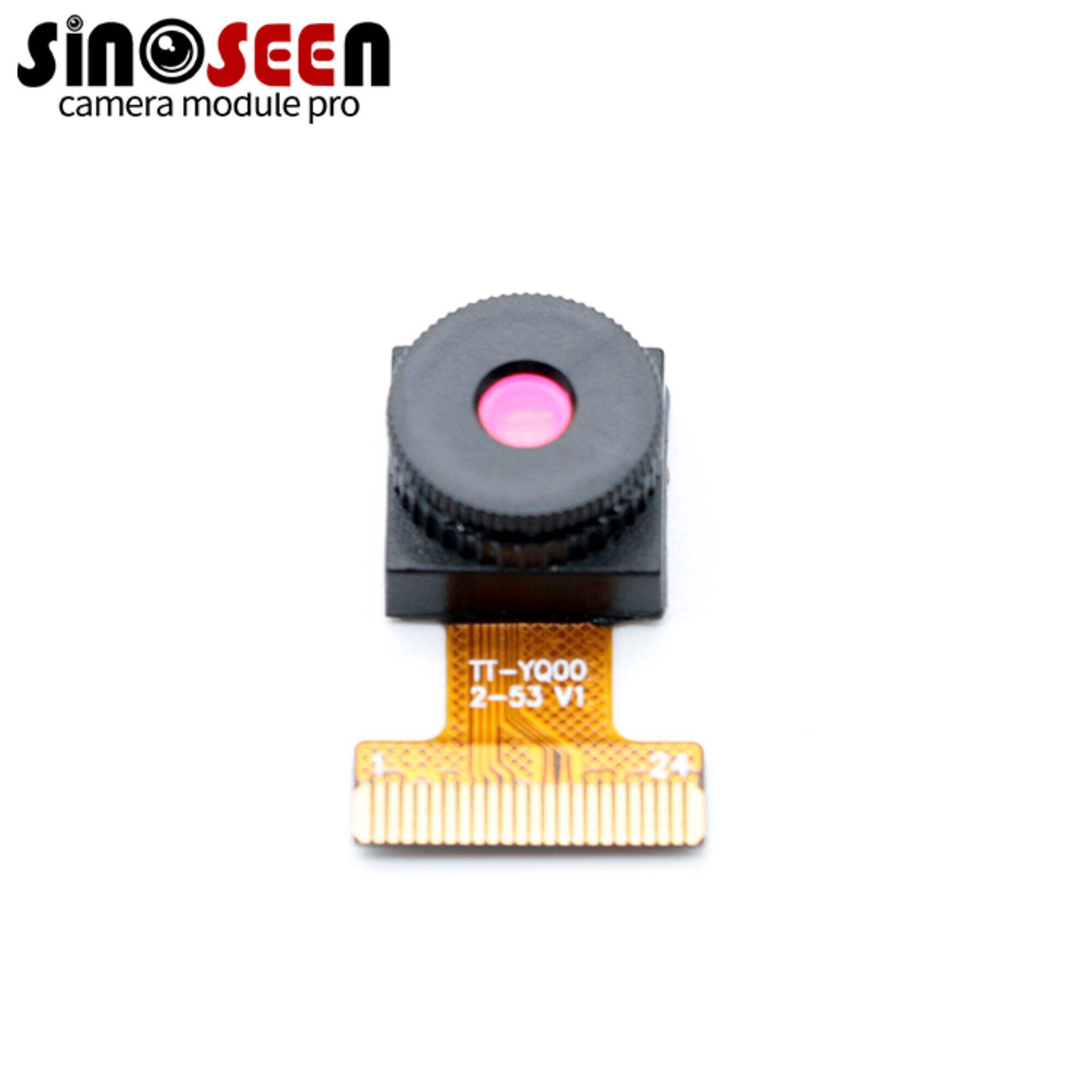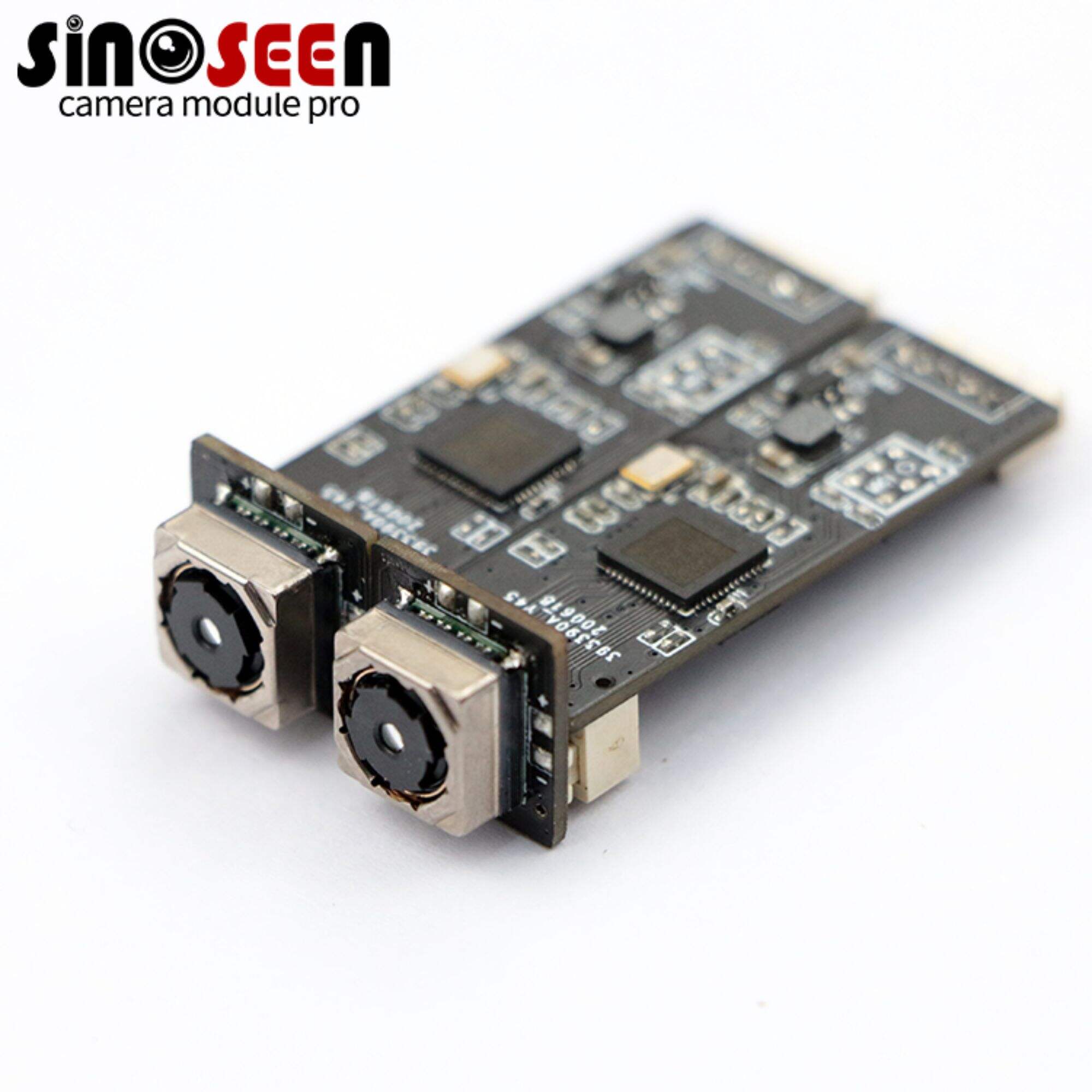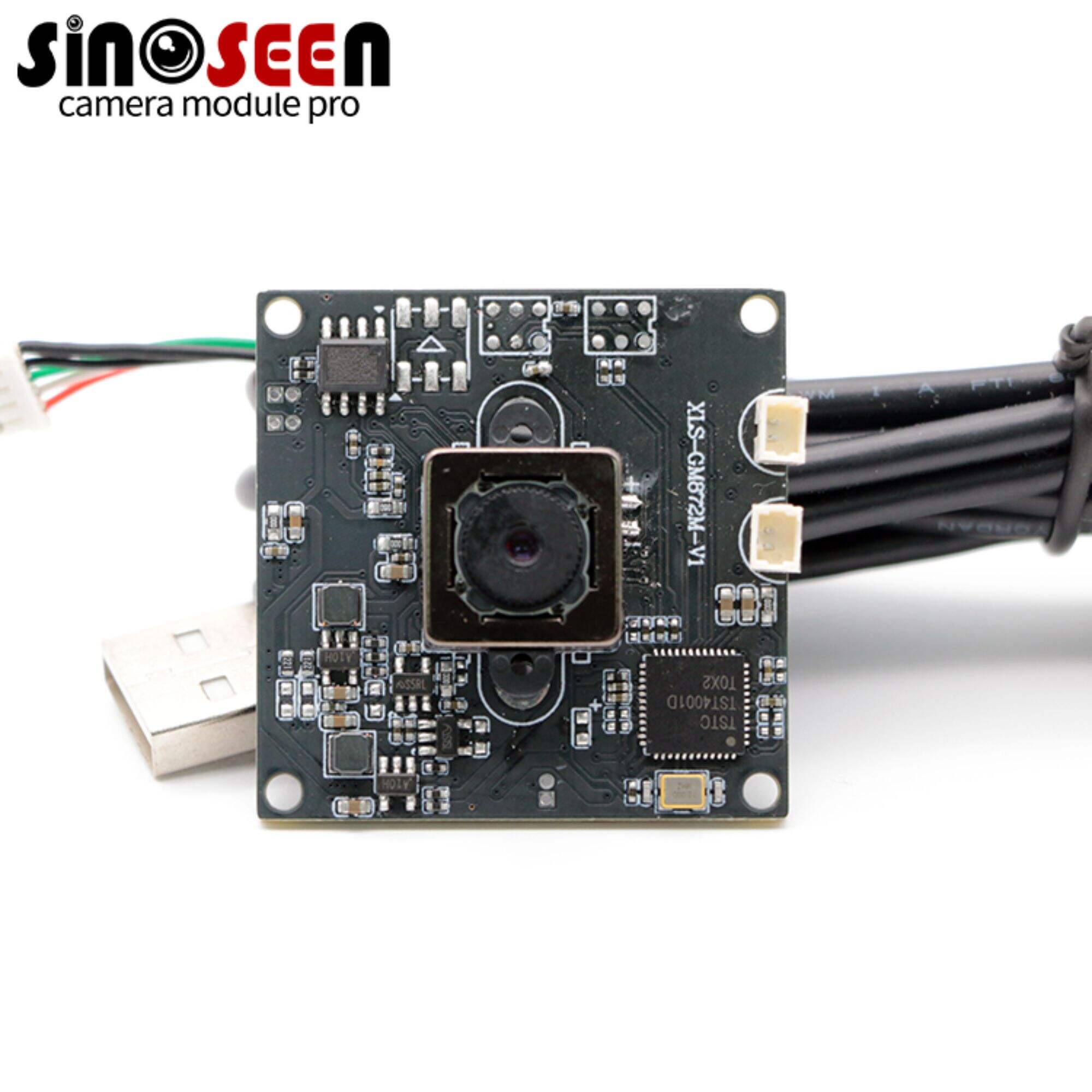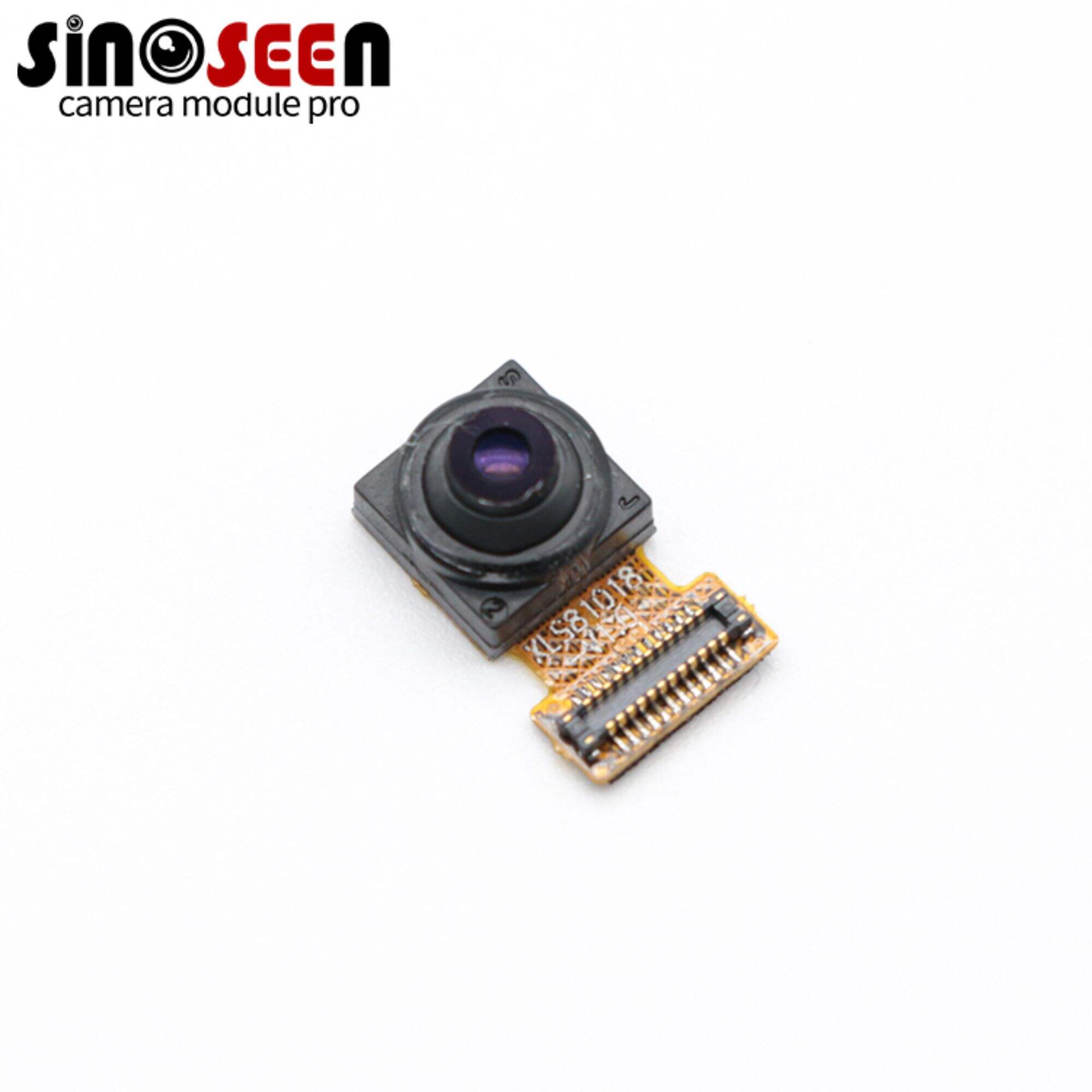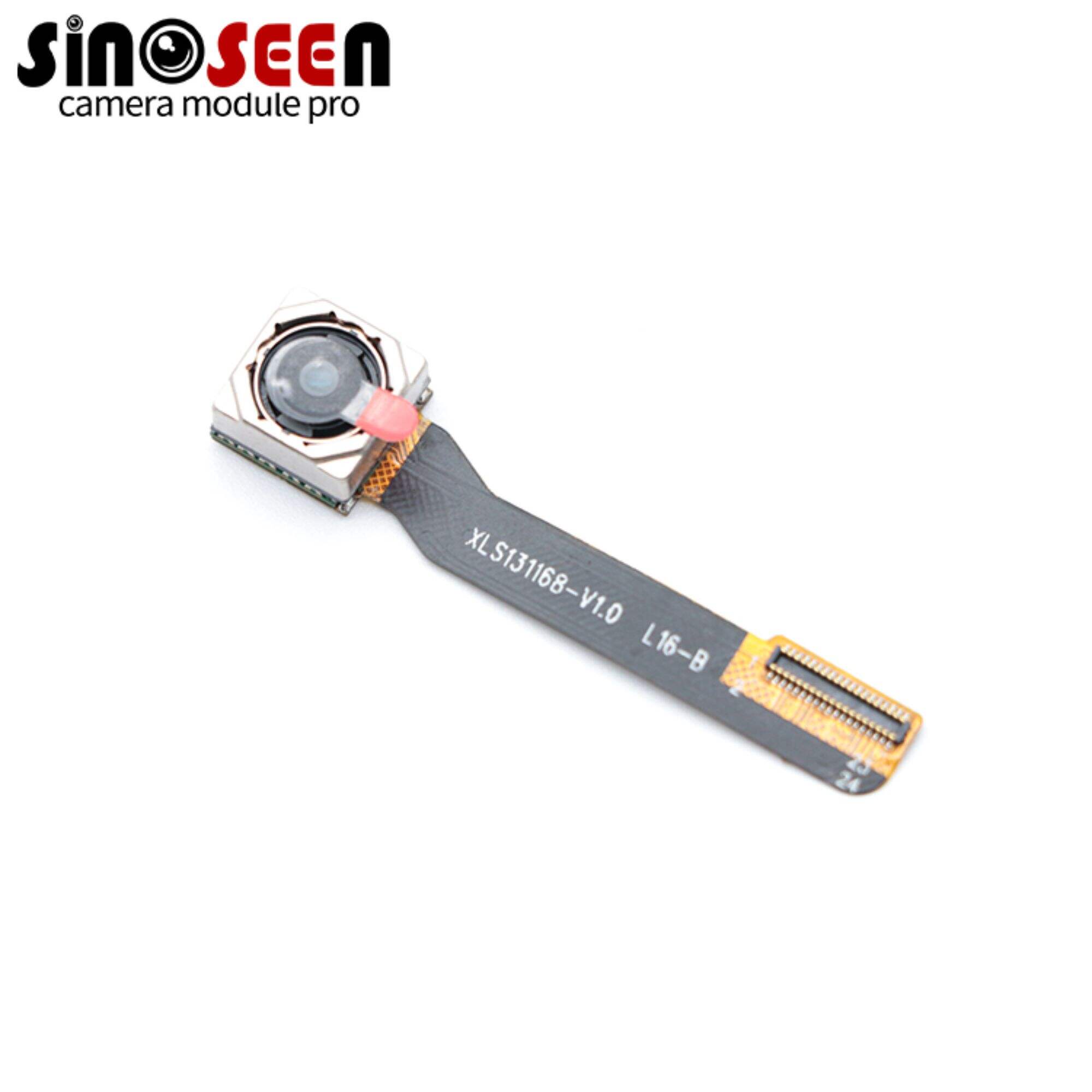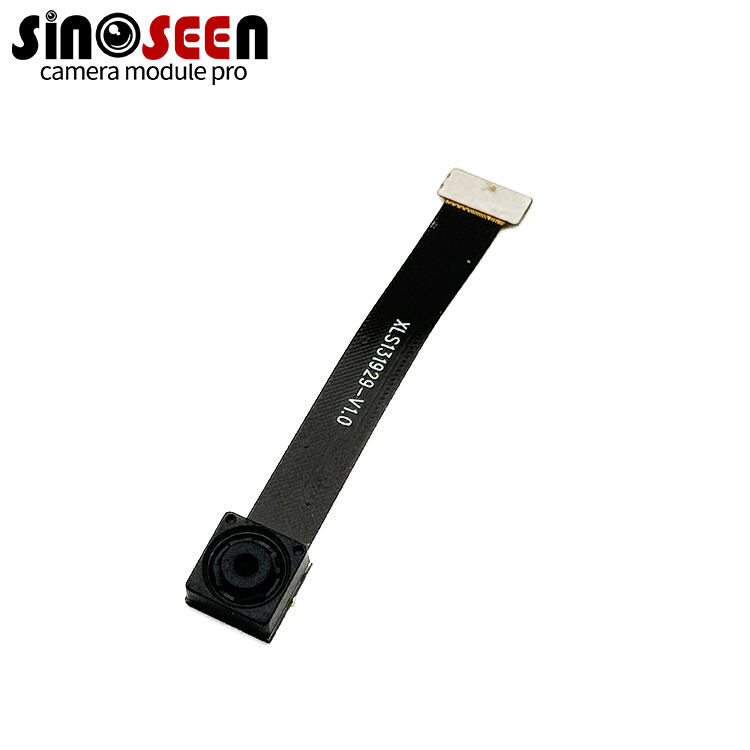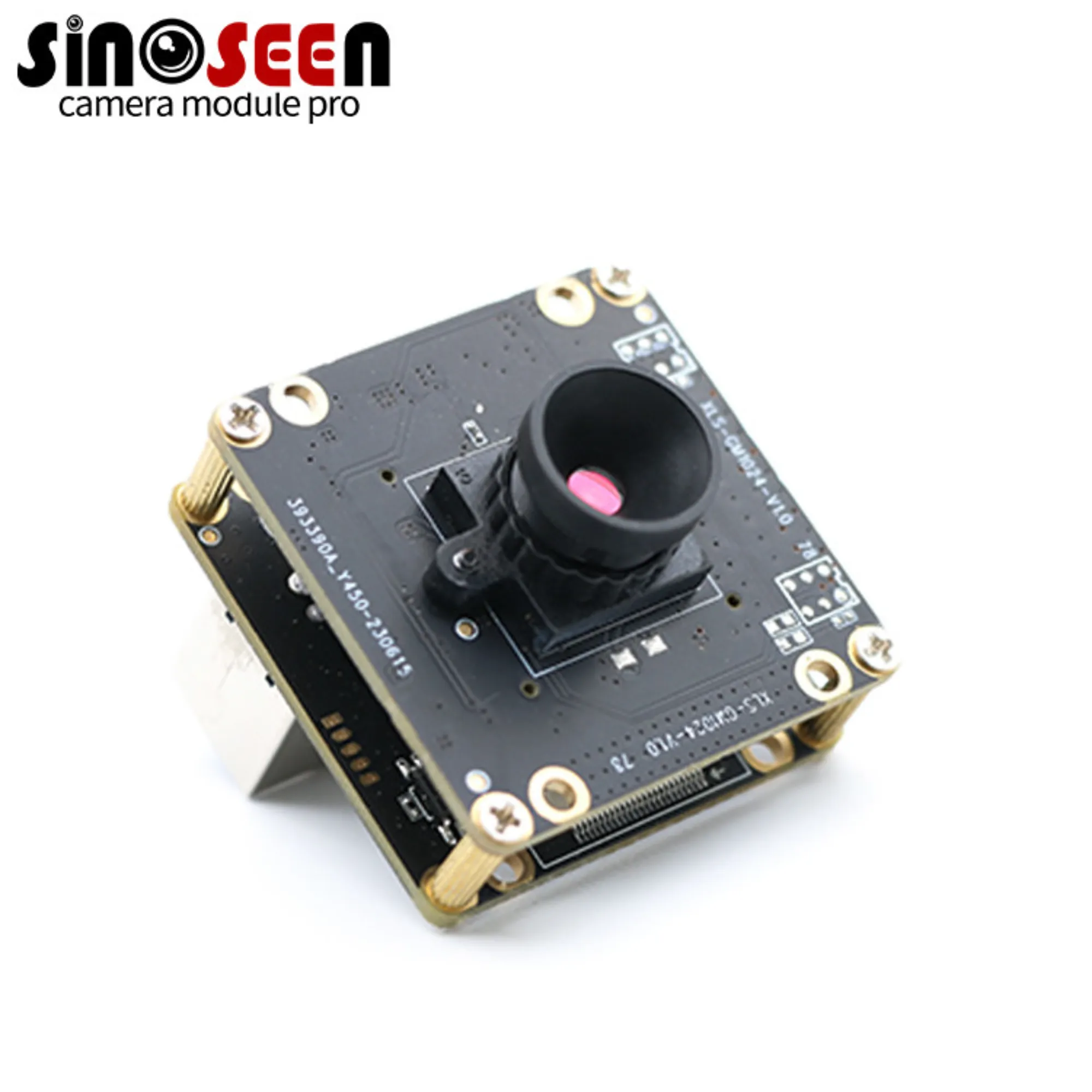Dynamic Camera Pixels: Appreciating Pixels Function In Photography
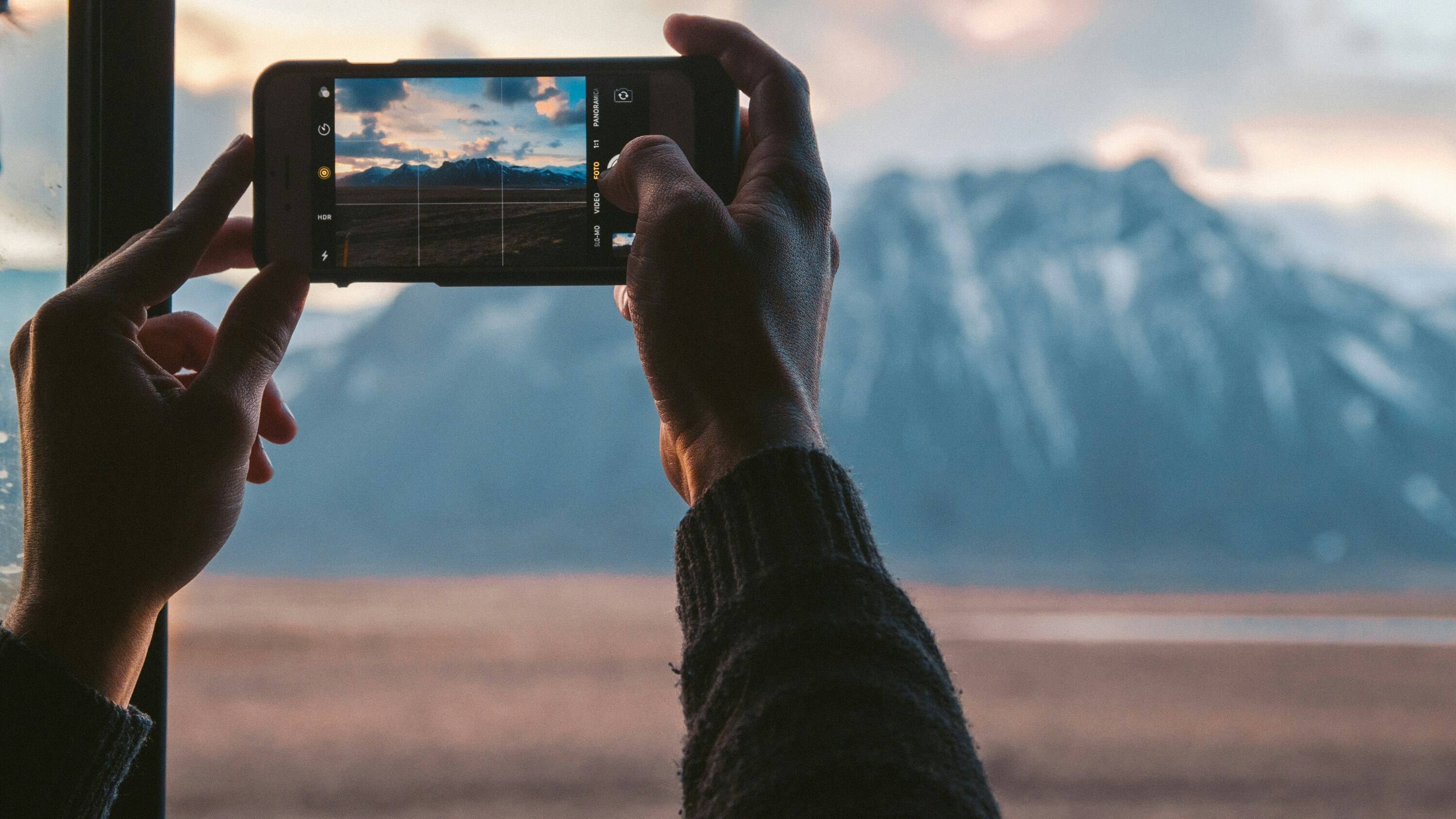
Think of a place where every instant is paused, and all the details are preserved in an amazing transparency. Welcome to the world of photography; pixels dominate as tools for visual communication. As such, we will demystify camera pixels within this convoluted narrative by looking at what they are made up of; their influence on picture quality, resolution and art itself.
What do you mean by Camera Pixels?
A digital image is made up of blocks called pixels – small dots that make up a picture. A pixel is usually square or rectangular in shape and contains one hue only. These dots work together like puzzle pieces to form the colorful tapestry that we call photographs.
The Role Played By Camera Pixels On Image Resolution
Resolution refers to how much detail and sharpness there is in an image which can be determined by number camera pixels used per inch. Simply put, if more denser-pixels are used then resolution becomes higher making it possible for finer features to be seen clearly while low – density resolutions lack clarity because they cannot show minute attributes. Hence high – res pictures look sharp as well as real since they record even faintest light-dark variations.

Knowing Megapixels
Megapixels represent million units used when measuring digital pictures’ resolutions so think about them as broad measure for capturing details with any given sensor size too (excellent yardstick). This means that if a camera has higher megapixel count then more dots will fit inside each frame thereby giving better quality output file but larger storage space requirement too!
Size Matters: Relation Between Camera Pixel Sizes And Quality Of Images Produced
Though often overshadowed by MP counts; pixels also have great impact over perceived excellence levels achieved through picture taking devices such smartphones or tablets etcetera.. When these elements are bigger they are able to gather more light during exposure time hence reducing noise levels especially in poor lighting conditions where other types fail due their small size relative large surface area exposed. In summary, quality is not just about quantity when it comes to this context.
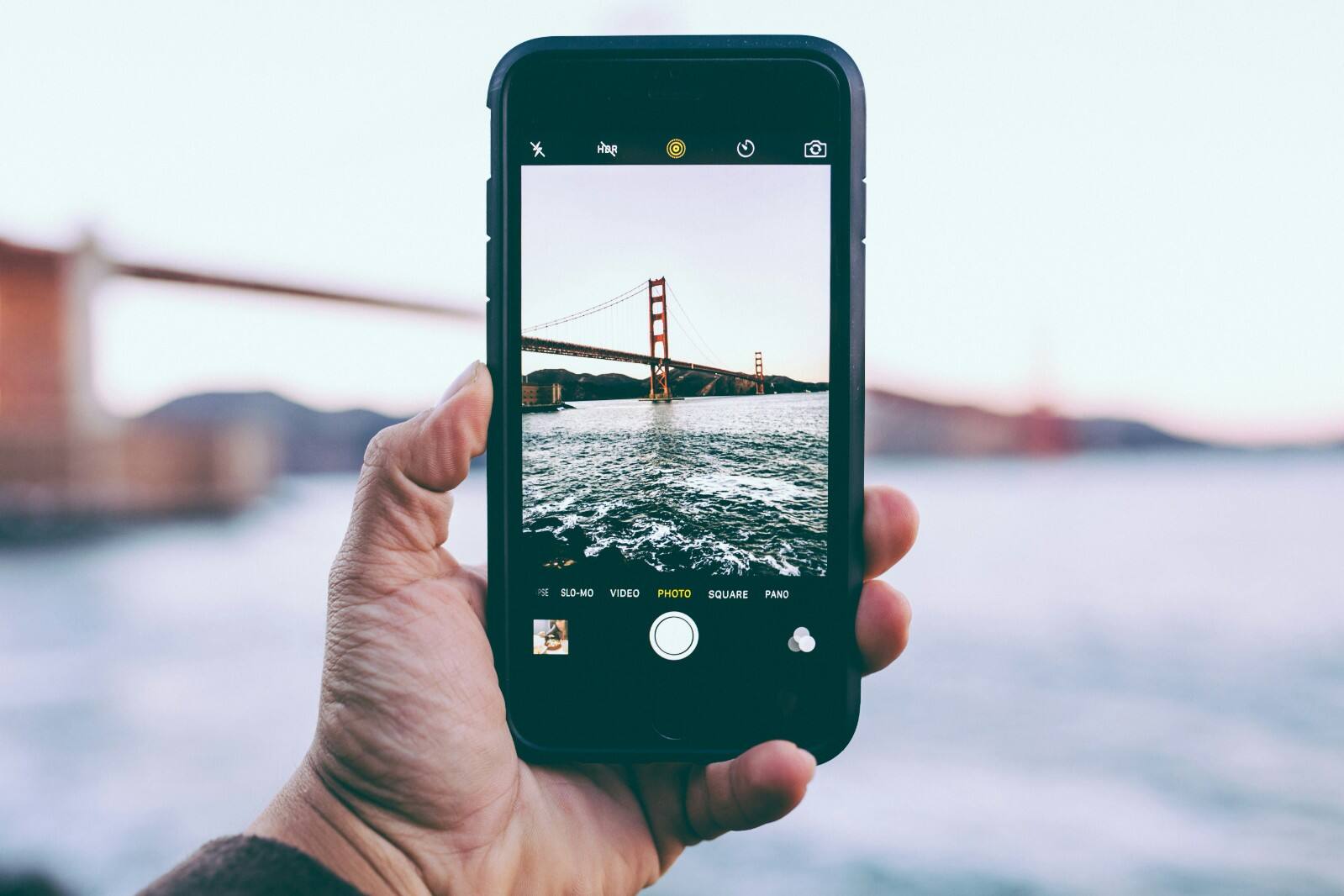
Balance: Megapixels vs Pixel Size
Landscape and distance photography
To take more detailed images and guarantee the clarity of remote scenes when zooming in, go for a high pixel camera. On long-range photography, pixel size is not the only factor to consider although it must be noted that larger pixels increases light capture in low light environments thus enhancing the overall quality of an image.
Portraits and close-up photography
Medium pixels are enough since human eyesight does not require much from details presented by pictures taken at close range or those used in making portraits as compared with landscape photographs. Furthermore; bigger pixels enhance skin tone reproduction during portrait shooting while also ensuring that more information is recorded under dim light conditions.
Sports photography
A medium-high pixel count should work fine here but what matters most is how fast your camera can take multiple shots in quick succession (burst speed) plus its ability to track moving subjects accurately using autofocus system. In this case scenario among others where ISO sensitivity needs to be pushed up for better exposure control while shooting sports activities or wildlife; then large sized pixels help reduce digital noise produced at high ISO settings thereby cleaning up such images considerably.
Professional photography & printing
When it comes to professional printing works demanding high resolution originals, you cannot do without having lots of megapixels stored within each frame. This guarantees that even after enlargements have been made everything will still remain sharp as initially captured. At the same time however, pixel size becomes equally important because this determines just how much finer details can be recorded onto an image file which in turn affects overall print quality achieved afterwards.
FAQ
Q: Does higher megapixels mean better image quality?
A: Not always. While higher megapixels do give more detail other factors such as pixel size, sensor quality and lens optics all contribute towards determining the overall quality of an image.
Q: Can I just increase the megapixel count to improve resolution?
A: Yes in theory. However increasing megapixels alone without addressing other areas could lead to diminishing returns where file sizes get much bigger without a big improvement in perceived image quality.
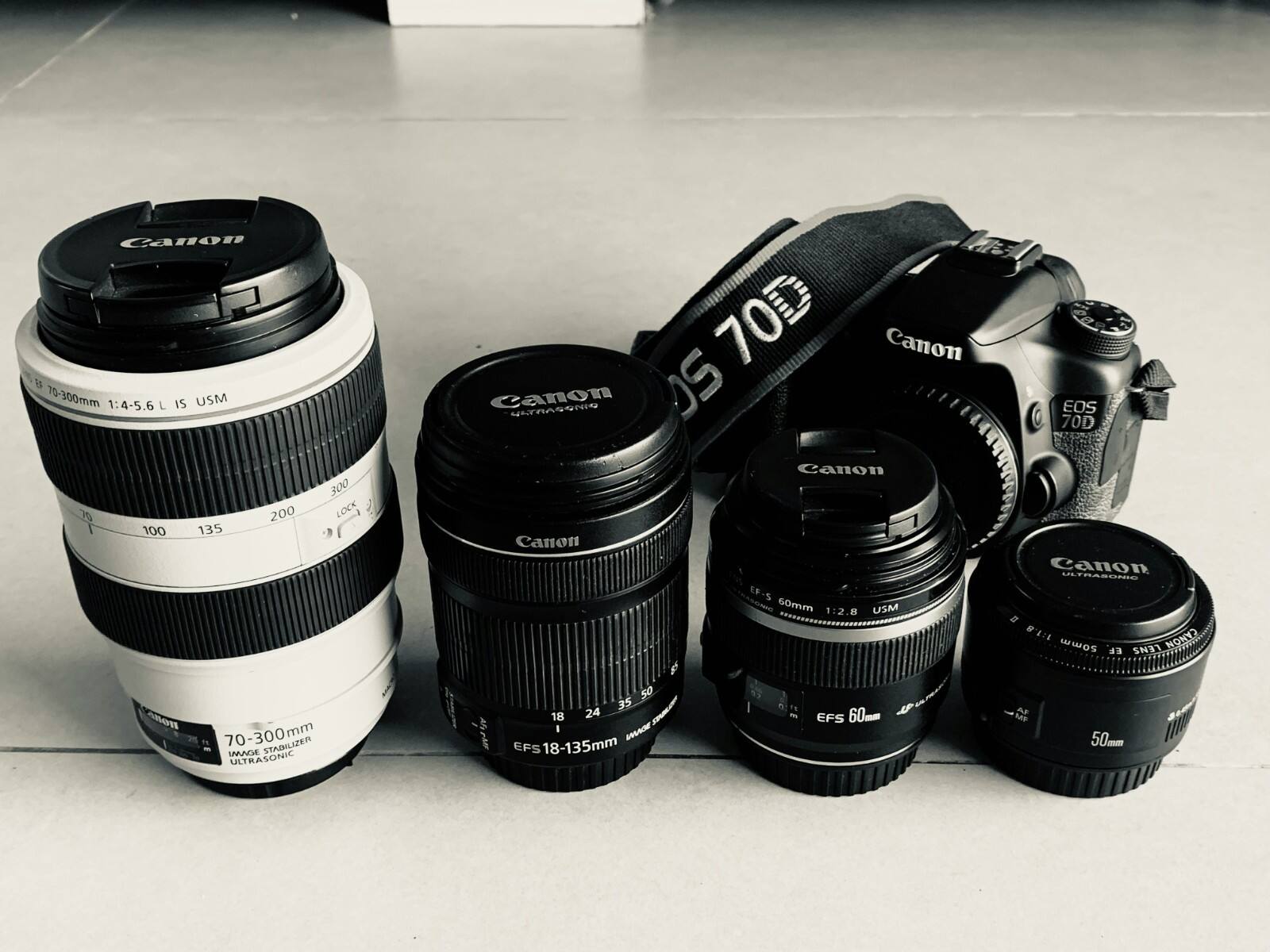
Conclusion
Pixels of cameras are foundations on which visual stories telling systems are built within growing landscape of photography business worldwide today. Pixels therefore remain one among many different components used by photographers when capturing images ranging from fleeting moments to eternal memories thereby shaping our perception about nature around us forevermore. It’s against this background that we should explore more about these artistic as well as technical capabilities associated with camera pixels so as to realize them; thus opening up new horizons for imaginative expression each time shutter button gets pressed down further during photographic adventures across various frontiers

 EN
EN
 AR
AR
 DA
DA
 NL
NL
 FI
FI
 FR
FR
 DE
DE
 EL
EL
 HI
HI
 IT
IT
 JA
JA
 KO
KO
 NO
NO
 PL
PL
 PT
PT
 RO
RO
 RU
RU
 ES
ES
 SV
SV
 TL
TL
 IW
IW
 ID
ID
 SR
SR
 VI
VI
 HU
HU
 TH
TH
 TR
TR
 FA
FA
 MS
MS
 IS
IS
 AZ
AZ
 UR
UR
 BN
BN
 HA
HA
 LO
LO
 MR
MR
 MN
MN
 PA
PA
 MY
MY
 SD
SD

